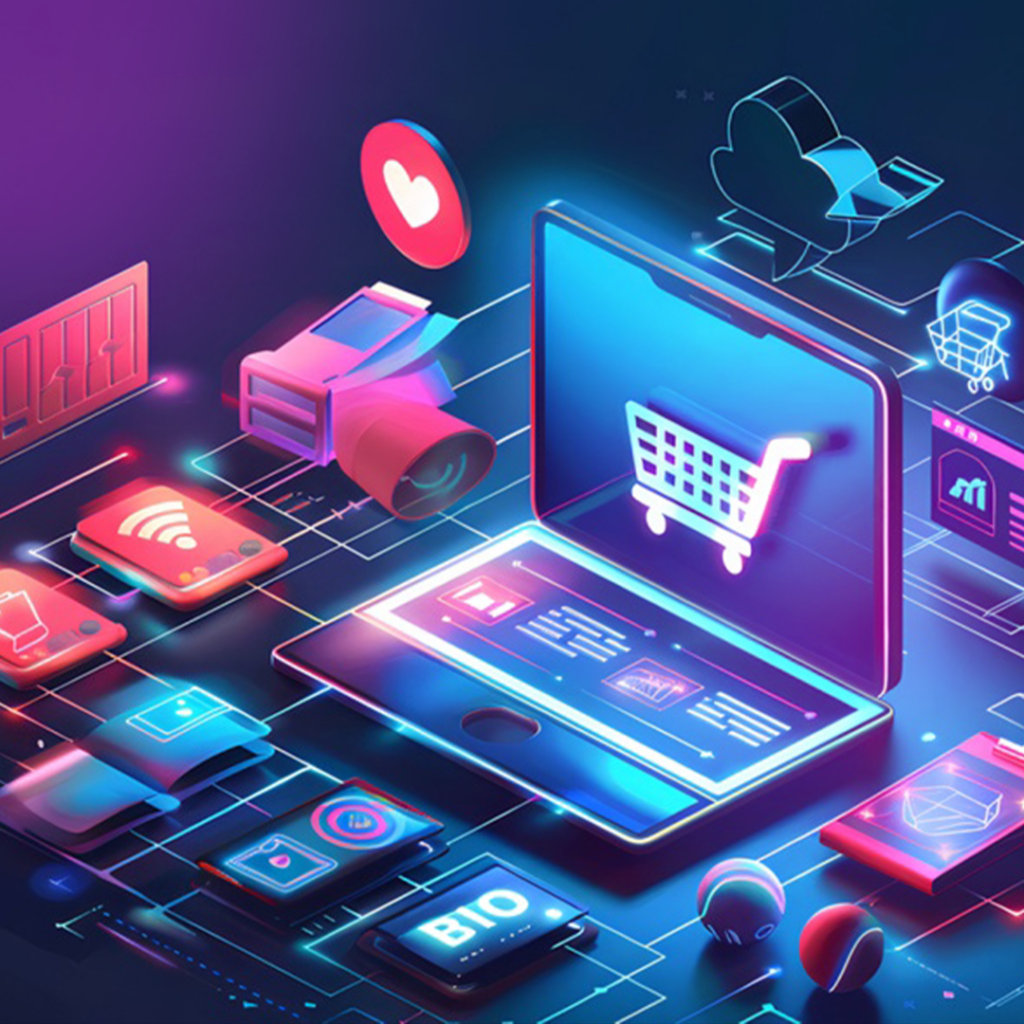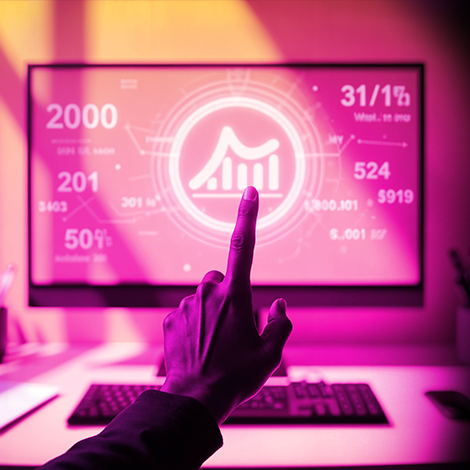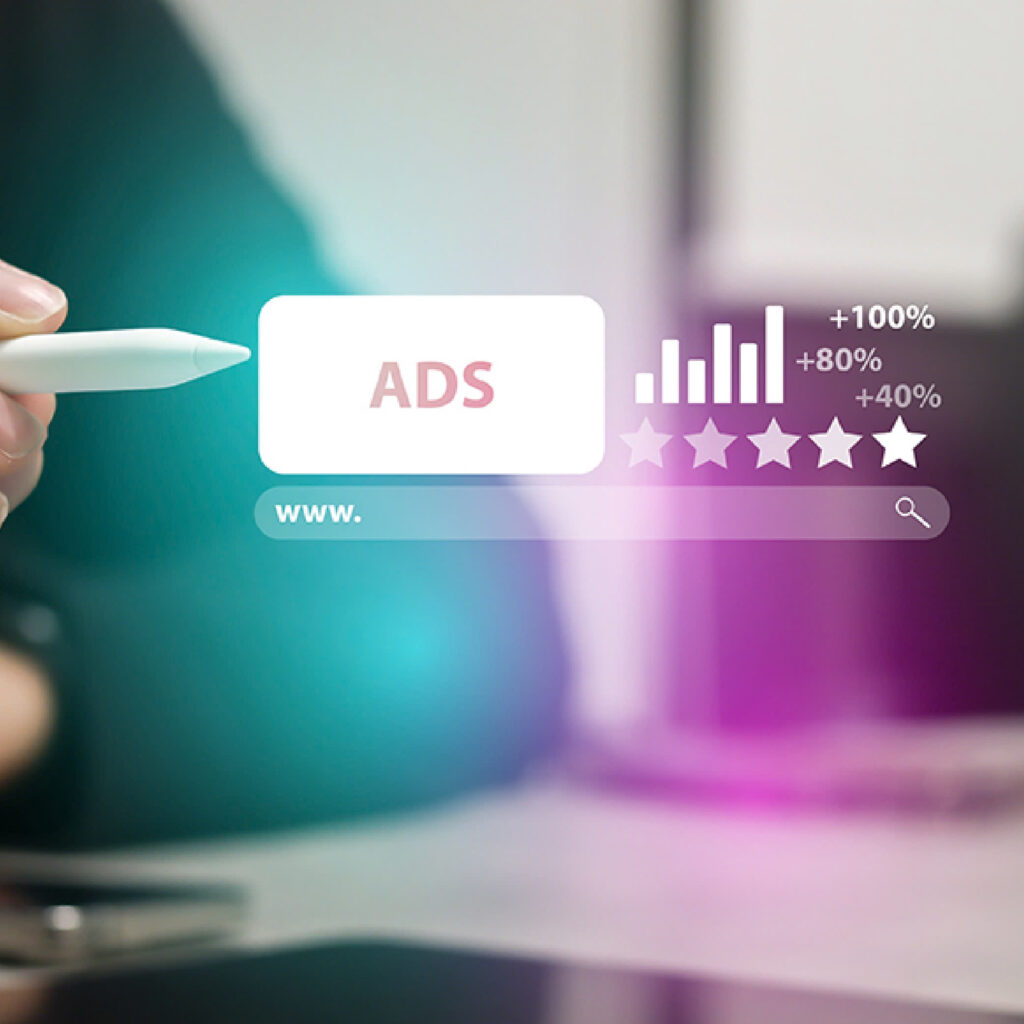The E-commerce Landscape in Southeast Asia
The e-commerce landscape in Southeast Asia, particularly in Indonesia, has been undergoing significant transformation, and the rise of influencer marketing is pivotal in shaping the region’s digital economy. With the market growing from 105 billion USD in 2022 to an expected 235 billion USD by 2028, understanding how influencers impact e-commerce is crucial for brands aiming to thrive in the dynamic region of Southeast Asia.
This growth is primarily concentrated in Indonesia, Thailand and the Philippines, accounting for more than two-thirds of the region’s market. Major product categories driving this growth include electronics and appliances (30%), fashion and shoes (20%), and beauty and personal care (15%).

Figure 1: eCommerce sales on formal channels in Southeast Asia
The Role of Influencer Marketing in Southeast Asia
Influencer marketing has become a significant driver of e-commerce sales in Southeast Asia, directly contributing approximately 11 billion USD in Net Merchandise Value (NMV) in 2023. This impact is expected to grow, driven by the rise of closed e-commerce ecosystems with high tracking capabilities (e.g., TikTok Shop) and the increasing popularity of commission-based influencer campaigns.
Influencer Landscape and Consumer Attitudes
More than 90% of Southeast Asian online shoppers actively follow influencers and over 80% have purchased a product based on an influencer’s recommendation. Authenticity is the top factor influencing which influencers consumers choose to follow. This high engagement underscores the trust and credibility influencers hold in this region.
In Indonesia, the influencer landscape is vibrant and highly localized, with top influencers being local celebrities or personalities. Mega influencers with over one million followers exert considerable influence, often surpassing traditional celebrities in purchase recommendation power.

Figure 2: Most popular social/content platforms in Southeast Asia
YouTube, Facebook and TikTok are Southeast Asia’s most popular social media platforms. TikTok, in particular, has shown rapid growth and is closing in on YouTube and Facebook in popularity, especially in Indonesia. This trend highlights the importance of brands diversifying their influencer strategies across multiple platforms to maximize reach and engagement.
Influencer-driven E-commerce Success in Indonesia
Indonesia is a key market in Southeast Asia’s influencer-driven e-commerce sector. With 167 million active social media users, Indonesia has the region’s highest number of social media users. This large, engaged audience makes it an attractive brand market for influencer marketing.

Figure 3: Indonesia influencer marketing overview
Influencers like Raffi Ahmad and Nagita Slavina, well-known local celebrities, play a pivotal role in driving consumer purchases. Their joint online presence has made them powerful drivers of e-commerce sales. Other notable influencers include Tasya Farasya, Deddy Corbuzier and Atta Halilintar, who have significant followings and influence in the beauty, gadget, and lifestyle sectors, respectively.
Indonesian consumers are highly responsive to influencer recommendations, with 87% making purchases based on such recommendations. Fashion and beauty products are the top categories influenced by these recommendations. This high level of engagement indicates that influencers in Indonesia can effectively drive sales and brand loyalty.
Best Practices for Influencer Marketing in Southeast Asia

Figure 4: Landscape of Southeast Asia influencer marketing ecosystem
- Tailored approaches for different markets
Success in influencer marketing in Southeast Asia requires a tailored approach for each market. Given the diverse cultural and social dynamics, what works in Indonesia may not necessarily resonate in Thailand or the Philippines. Over 80% of top influencers in each market are locals, emphasizing the need for brands to adopt market-specific strategies.
- Leveraging different types of influencers
Influencers are categorized into different segments based on their follower counts and areas of influence. Mega influencers, with over one million followers, are suitable for campaigns aiming to reach a large audience and build instant credibility. Micro and nano influencers, although having smaller followings, offer high engagement and authenticity, making them ideal for targeted campaigns and building community trust.
- Payment models
There are various payment models for influencer marketing and the three main ones are fixed fees, sales commissions and product sponsorships. Recently, e-commerce platforms have utilized a hybrid model combining fixed hourly appearance fees, affiliate sales commissions, and product sponsorships. This model allows for flexible and performance-based compensation, which can be particularly effective in driving sales.
Future Trends for Influencer Marketing in Southeast Asia
Looking ahead, influencer marketing in Southeast Asia is expected to grow in sophistication and impact. The rise of closed e-commerce ecosystems, improvements in performance tracking, and the increasing popularity of commission-based campaigns are set to drive this evolution, including:
- The rise of live selling
Live selling is gaining significant traction in Southeast Asia, with mega-live sellers emerging as powerful drivers of e-commerce sales. Celebrities and influencers engage in live streaming sessions, converting viewers into buyers in real time. This trend is expected to continue growing, offering brands a dynamic way to engage with consumers and drive sales.
- The impact of virtual influencers
While virtual influencers are an emerging trend, their impact on consumer purchase behavior remains limited compared to human influencers. Southeast Asian consumers value authenticity, expertise, and humor, which are currently better delivered by human influencers. However, brands should still explore virtual influencers for their potential to generate buzz and innovation.

Figure 5: Adblockers – native advertising becomes crucial for reaching young consumers
- Importance of native advertising
As younger consumers increasingly use ad blockers, native advertising, including influencer marketing, will become crucial for reaching these audiences. Influencers offer a way to bypass traditional digital ads and connect with consumers through content they trust and engage with regularly.
Conclusion
Influencer marketing is no longer just a trendy tactic but a vital component of e-commerce success in Indonesia and across Southeast Asia. Brands that effectively leverage the power of influencers, particularly in localized and culturally relevant ways, can achieve significant growth and consumer engagement – driving both brand awareness and sales.




















